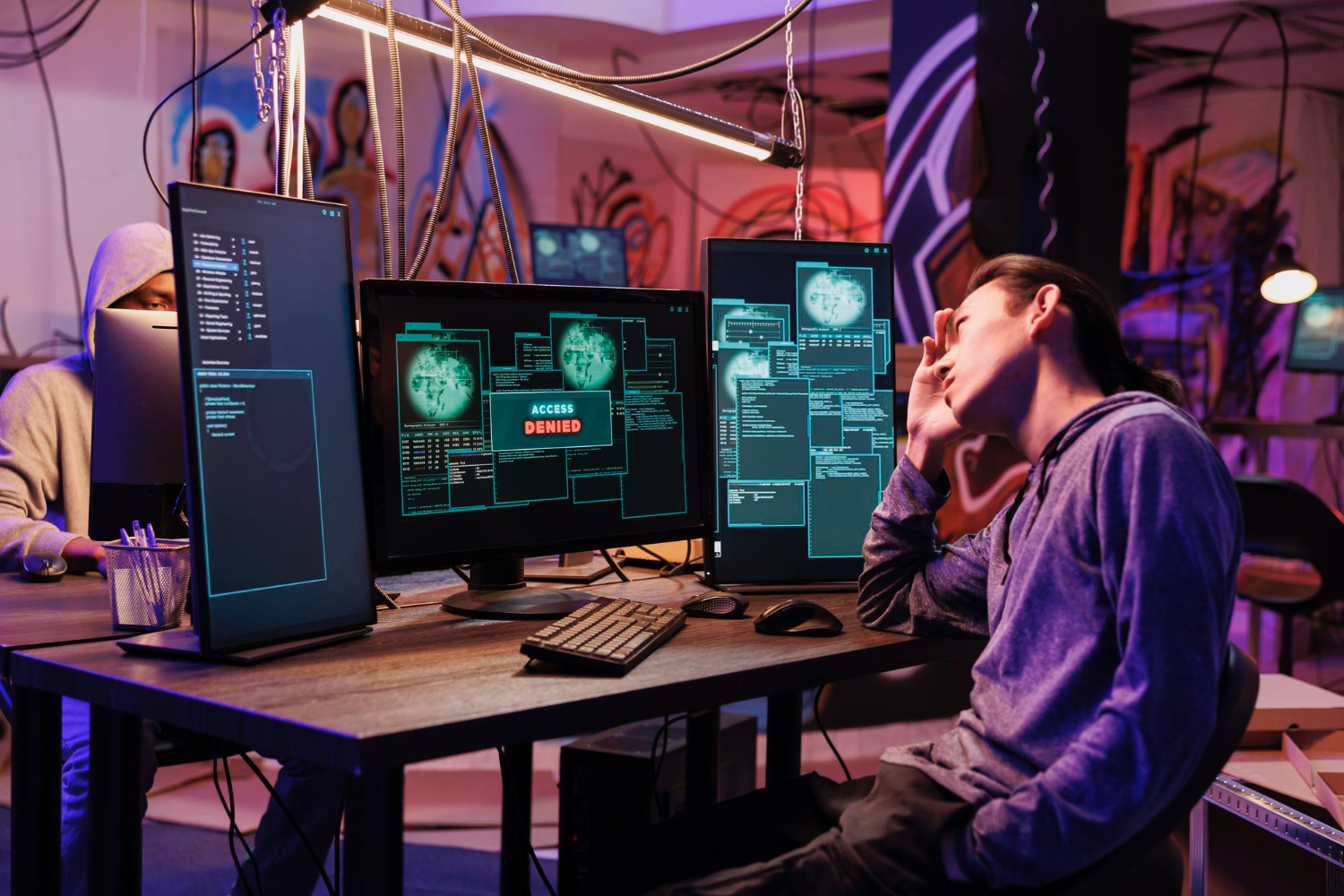
As organizations embrace digital transformation, integrating advanced technologies like automation, AI, and cloud computing, cybersecurity becomes a top priority. While automation streamlines operations and improves efficiency, it also expands the potential attack surface. Protecting sensitive data in automated systems is no longer optional—it’s critical.
Why Cybersecurity Matters in a Digital World
Digital transformation involves replacing legacy systems with interconnected platforms, APIs, and intelligent software. This interconnectedness improves scalability and performance, but it also exposes systems to cyber risks:
- Increased data flow: Automated systems handle vast amounts of sensitive data across multiple endpoints.
- Third-party integrations: APIs and cloud services can introduce vulnerabilities if not properly secured.
- AI and machine learning models: These can be manipulated or poisoned if not carefully monitored.
In short, digital transformation without cybersecurity is a recipe for disaster.
Common Cyber Threats in Automated Environments
| Threat Type | Description | Impact |
|---|---|---|
| Phishing & Social Engineering | Tricking employees or bots into granting access or credentials | Data breach, identity theft, loss of trust |
| API Exploits | Abuse of insecure or misconfigured application interfaces | Unauthorized access to core systems and databases |
| Ransomware | Malware that encrypts data and demands payment | Downtime, financial loss, reputation damage |
| Insider Threats | Malicious or negligent actions by internal staff | Unauthorized data exposure or sabotage |
| Bot Attacks | Automated scripts targeting vulnerabilities at scale | Service disruption, data scraping, account takeover |
Cybersecurity Best Practices for Automated Systems
To secure digital systems and protect sensitive data, organizations must adopt a layered cybersecurity approach. Here are key strategies:
- Zero Trust Architecture: Assume no user or system is trustworthy by default. Verify every request with strict access controls.
- Multi-Factor Authentication (MFA): Require more than one method of verification to access systems.
- End-to-End Encryption: Protect data in transit and at rest using strong encryption protocols.
- Security Monitoring & AI-based Detection: Use intelligent tools to detect anomalies and respond in real time.
- Patch Management: Regularly update systems and automation platforms to fix known vulnerabilities.
- Audit Trails & Logging: Maintain logs of system activities to detect unauthorized actions and support investigations.
Securing AI and RPA Systems
Automated systems like Robotic Process Automation (RPA) and AI models require unique security considerations:
- Model integrity: Prevent unauthorized model modification or data poisoning.
- Data governance: Ensure training data is compliant with privacy laws and internal policies.
- Credential security: RPA bots often require privileged access—credentials must be encrypted and rotated.
- Auditability: Ensure that bots leave verifiable logs for traceability and compliance.
Balancing Agility and Security
One of the biggest challenges in digital transformation is balancing rapid innovation with robust security. Agile development cycles and DevOps practices must integrate cybersecurity from the start—commonly referred to as DevSecOps.
This shift-left approach embeds security in the development lifecycle, allowing for:
- Early vulnerability detection
- Secure API development
- Faster compliance and auditing
Compliance and Regulations to Consider
Depending on your industry, digital systems must also comply with international and local regulations:
- GDPR (EU): Data privacy and user consent.
- HIPAA (US): Healthcare data protection.
- SOX (US): Financial data integrity.
- ISO/IEC 27001: Information security management.
Automated systems should be designed with these standards in mind from day one to avoid costly penalties and breaches.
Conclusion: Cybersecurity as a Foundation of Digital Success
Digital transformation unlocks innovation, speed, and growth—but only if it’s built on a secure foundation. Automated systems can dramatically improve business performance, but they also demand rigorous protection.
By investing in modern cybersecurity practices, aligning with compliance standards, and embedding security into every layer of automation, organizations can confidently scale their digital infrastructure while keeping data safe.
Key Takeaways
- Automation increases cyber risk exposure—security must scale with it.
- Best practices include zero trust, MFA, encryption, and threat monitoring.
- AI and RPA systems require specialized protection and auditing.
- Security must be integrated into development cycles (DevSecOps).
- Compliance with GDPR, HIPAA, and other standards is essential.
Cybersecurity is no longer a technical option—it’s a business necessity in the digital age.



